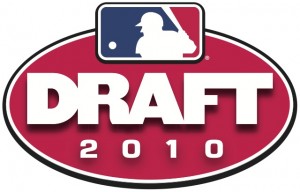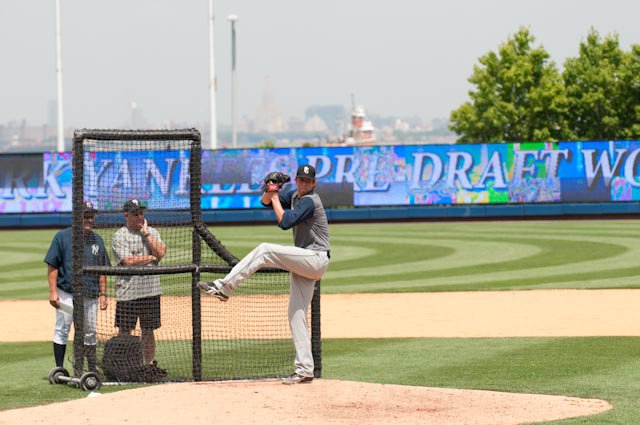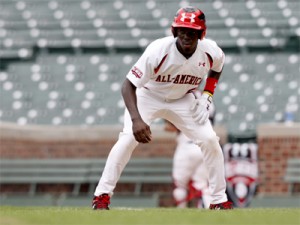Via Sweeny Murti, the Yankees have signed first round pick Cito Culver. The team has confirmed the deal. He shortstop from Irondequoit High School in Rochester will head to Tampa soon, and join the rookie level Gulf Coast League squad when their season begins next week. Buster Olney says the deal is for slot money, which Marc Carig reports is $954,000.
The Yanks reportedly reached an agreement with Culver earlier this week, but had to wait until he graduated from high school on the 20th to make it official. I suspect he actually graduated today, and it’s just the ceremony that will take place this Sunday. It’s nice to have a first rounder signed early, the last time the Yanks did that was 2005. Welcome to the family, Cito.


